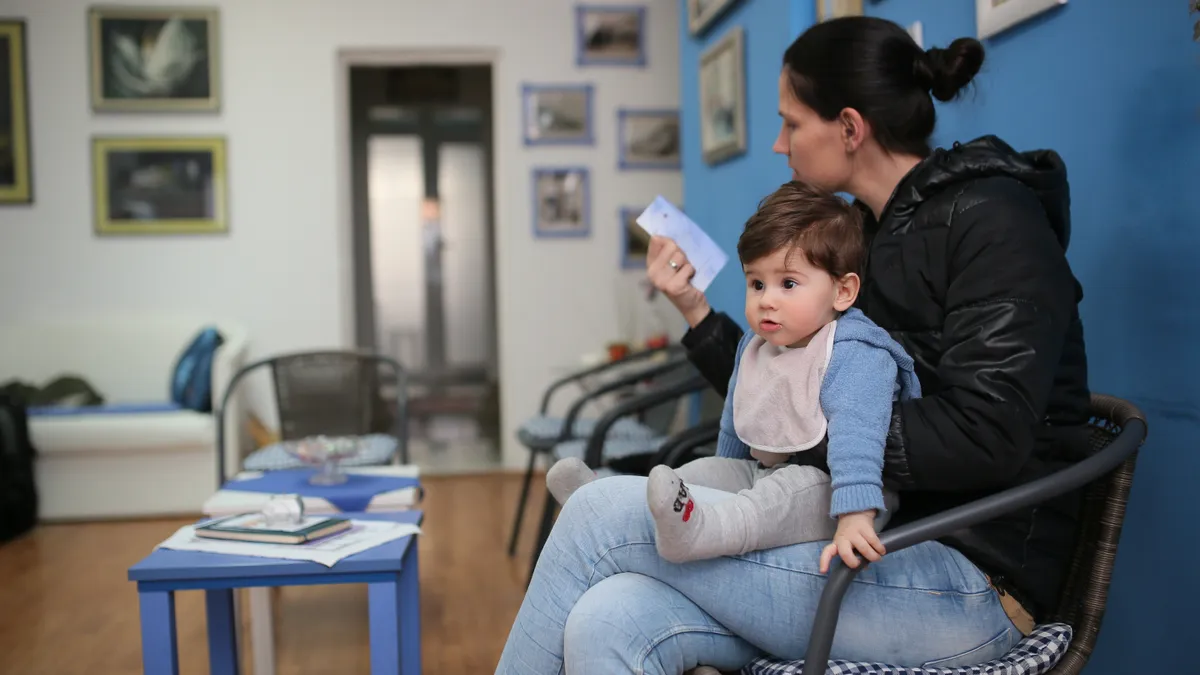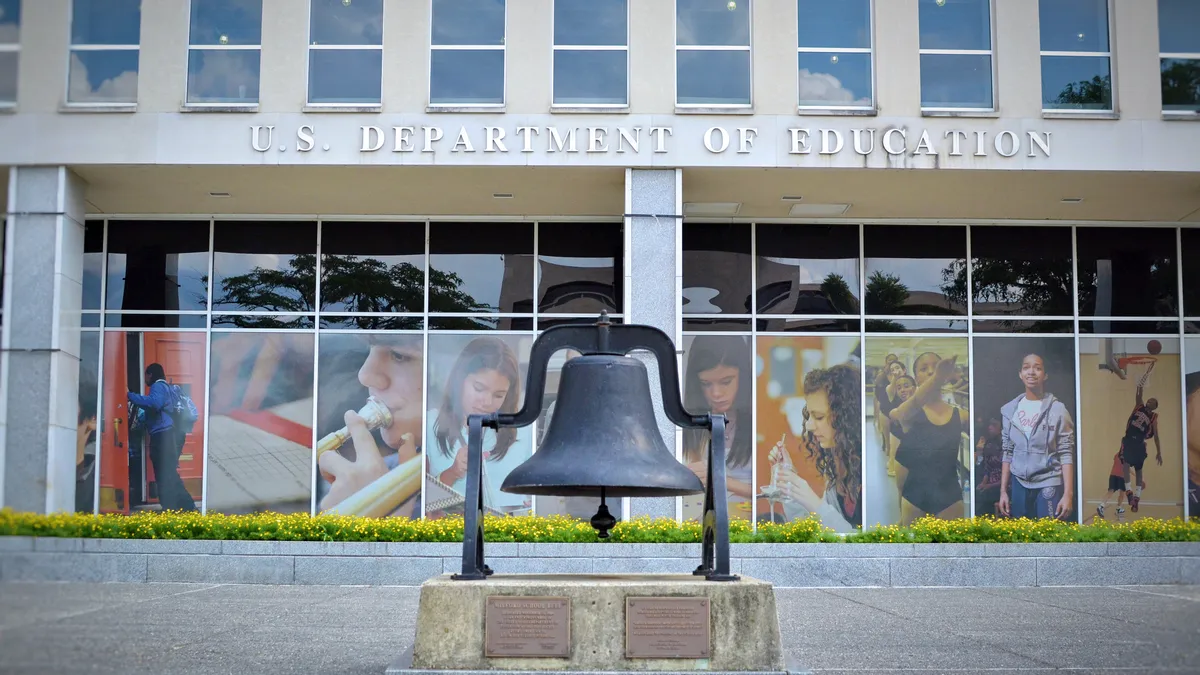Dive Brief:
- College websites often don’t tell students they may be able to cover child care costs through additional federal loans, according to a new report from the Government Accountability Office (GAO).
- That could be contributing to up to 2.6 million student-parents potentially leaving aid on the table, the federal watchdog found. It urged the U.S. Department of Education to encourage schools to inform students that they may be eligible for a dependent care allowance.
- The report comes as colleges are hoping to stave off enrollment declines by enrolling more adult students, many of whom need extra supports like child care assistance.
Dive Insight:
Institutions are struggling to keep up with nontraditional learners’ needs.
In 2016, 22% of undergraduates were student-parents, and half of them were also working full-time. Juggling those competing priorities — job, education and children — can make it considerably harder for student-parents to finish college. Indeed, 52% drop out without earning degrees, compared to 32% of students without children who do the same.
Having aid to cover child care, which runs about $490 a month, can make completing college easier for student-parents, the majority of which are women and racial minorities. Yet most institutions’ websites reviewed by the GAO didn’t tell students about the dependent care allowance or how to request it.
"It could be helping a lot more students access additional aid that could help meet their basic needs and remain stable while in school," said Lindsey Reichlin Cruse, study director at the Institute for Women’s Policy Research (IWPC). "A lot of these students are missing out."
Moreover, there isn’t a standardized way to request the allowance. In some cases, students have to provide proof of need through child care receipts or birth certificates. And in others, institutions offer a flat amount based on factors such as the age of students’ children, the GAO report notes.
The Ed Department could be putting more pressure on colleges to inform students of the dependent allowance, Reichlin Cruse said.
The federal agency, however, said that it would be "inappropriate to indiscriminately" ask colleges to encourage their student-parents to request additional aid, suggesting that doing so may negatively impact student loan repayment rates.
The GAO pointed out that the department provided no evidence to indicate that would be the case, and that it was merely recommending that colleges provide more information about the allowance.
Meanwhile, it may be getting harder for student-parents to attend college, with the number of institutions offering on-campus child care facilities at a steady decline between 2002 and 2015, according to IWPR. This could be a result of colleges cuting such services to make up for flagging state funding, Reichlin Cruise said.
"It's often seen as an extraneous support that mostly serves faculty and staff," she added. "Those child care centers are serving a really critical need for their students. Without (them), many of those students wouldn't be able to enroll in the first place, let alone persist."
Research by Reichlin Cruise and others suggests that student-mothers are disproportionately women of color, with numbers showing that about 50% of all black female students and one-third of Hispanic female students have children.
"If we care about improving equity, racial-ethnic equity, in particular, and college outcomes ... we have to be talking about the student-parent issue as well," she said.
Some institutions are adding services, however. New York is piloting free on-campus child care for single parents attending community colleges in the state.
And Congress recently increased appropriations for a federal initiative that provides subsidies for student-parents to pay for child care, though the GAO report notes that the Ed Department isn’t accurately calculating the program’s outcomes.










